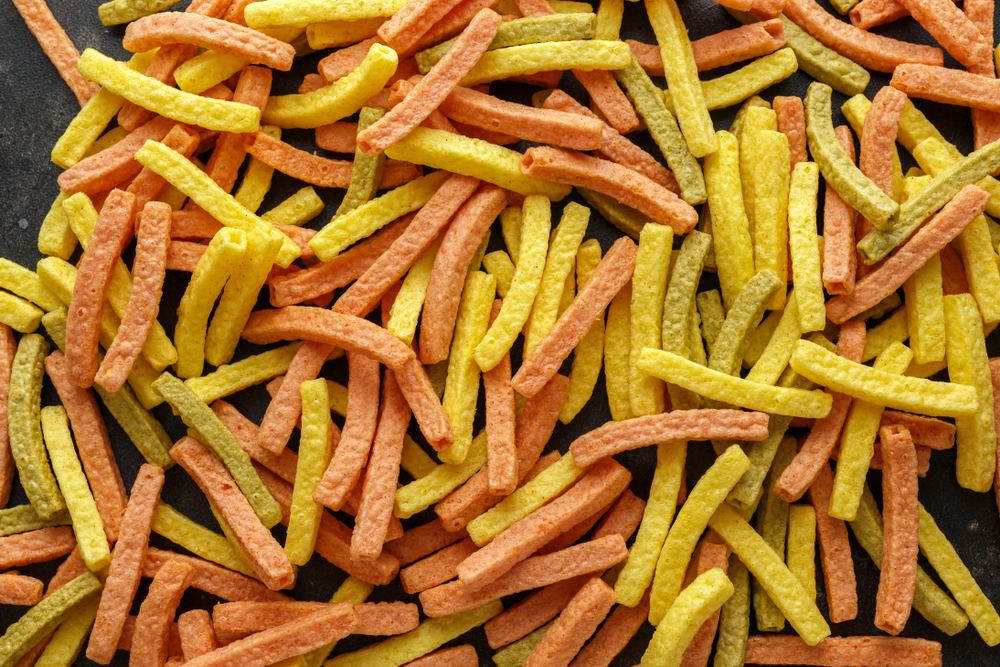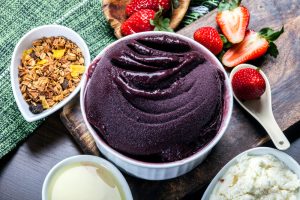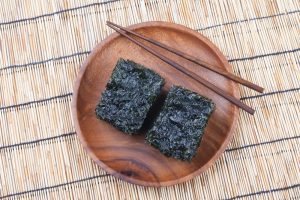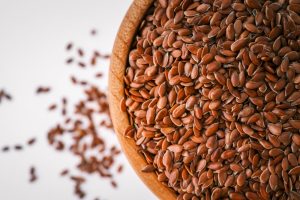Veggie straws might sound like a healthy weight loss snack, but they're essentially potato chips in disguise that can actually hinder your progress.
While they contain slightly fewer calories than regular chips, their lack of fiber and protein, combined with high sodium and ultra-processed nature, makes them poor for sustainable weight management.
Keep reading to discover exactly why these “veggie” snacks might be sabotaging your goals and what you should eat instead for real results.
What Are Veggie Straws Really Made Of?
Don't let the name fool you – veggie straws have more in common with potato chips than actual vegetables.
The primary ingredients are potato starch and potato flour, which means you're essentially eating processed potatoes formed into a different shape.
The “veggie” part comes from tiny amounts of spinach powder and tomato paste that give these snacks their colorful appearance.
These minimal vegetable additions are mostly for marketing appeal rather than nutritional value.
The processing required to turn these ingredients into crispy straws strips away most of the beneficial nutrients you'd get from eating whole vegetables.
This creates a misleading impression that you're making a healthy choice when reaching for veggie straws.
The manufacturing process mirrors that of traditional potato chips – the ingredients are mixed, formed, and fried to create that familiar crispy texture.
The main difference is the shape and the vegetable powders used for coloring, not the nutritional content.
When you understand what veggie straws actually are, it becomes clear why they don't deliver the health benefits you might expect from their name.
You're getting a potato-based snack with artificial vegetable flavoring, not the fiber, vitamins, and minerals found in real vegetables.
The Calorie and Nutrition Breakdown That Matters for Weight Loss
At first glance, veggie straws seem like a reasonable snack choice with 130 calories per one-ounce serving – that's about 38 individual straws and roughly 20 calories fewer than regular potato chips.
However, the full nutritional picture tells a different story that directly impacts your weight loss success.
Each serving contains 7 grams of fat and 17 grams of carbohydrates, but here's where things get problematic for weight management.
You'll find zero grams of fiber and less than one gram of protein per serving.
These two nutrients are your best friends when trying to lose weight because they help you feel full and satisfied after eating.
The sodium content is particularly concerning at 220 milligrams per serving.
This high salt level not only exceeds healthy snack guidelines but can also trigger cravings for more food, making portion control even harder.
Without fiber to slow digestion and protein to signal fullness to your brain, veggie straws leave you unsatisfied despite their calorie content.
This means you're likely to feel hungry again shortly after eating them, potentially leading to additional snacking and higher overall calorie intake throughout the day.
For comparison, the same number of calories from a protein and fiber-rich snack would keep you satisfied much longer and support your weight loss goals more effectively.
The nutrient profile of veggie straws works against the biological mechanisms that help control appetite and manage weight.
Why Veggie Straws Can Sabotage Your Weight Loss Efforts
Veggie straws possess what food scientists call a “hyper-palatable” profile – the perfect combination of salt, fat, and crunch that can override your body's natural fullness signals.
This means you might keep eating even when you've had enough calories, simply because your brain hasn't registered satisfaction.
The light, airy texture compounds this problem by making portion control incredibly challenging.
Unlike denser foods that provide physical feedback about how much you've eaten, veggie straws seem to disappear as you eat them.
Before you know it, you've consumed multiple servings without realizing it.
Since each serving contains zero fiber and virtually no protein, your hunger returns quickly after eating them.
Your body treats these straws more like a liquid than solid food in terms of satiety, leaving you searching for something more substantial within an hour or two.
Research on ultra-processed foods reveals why veggie straws can derail weight loss efforts.
Studies show people consume an average of 508 additional calories per day when eating ultra-processed foods compared to whole foods – even when the processed options are marketed as healthy.
This happens because these foods are designed to be irresistible and easy to overeat.
The high sodium content adds another layer of difficulty.
At 220 milligrams per serving, veggie straws exceed healthy snack guidelines and can trigger additional cravings.
High-sodium foods often leave you wanting more food or drink, creating a cycle that makes sticking to your calorie goals much harder.
When you combine all these factors, veggie straws become a perfect storm for weight loss sabotage – they're easy to overeat, don't keep you full, and can actually increase your overall daily calorie intake.
How Veggie Straws Compare to Other Popular Snacks
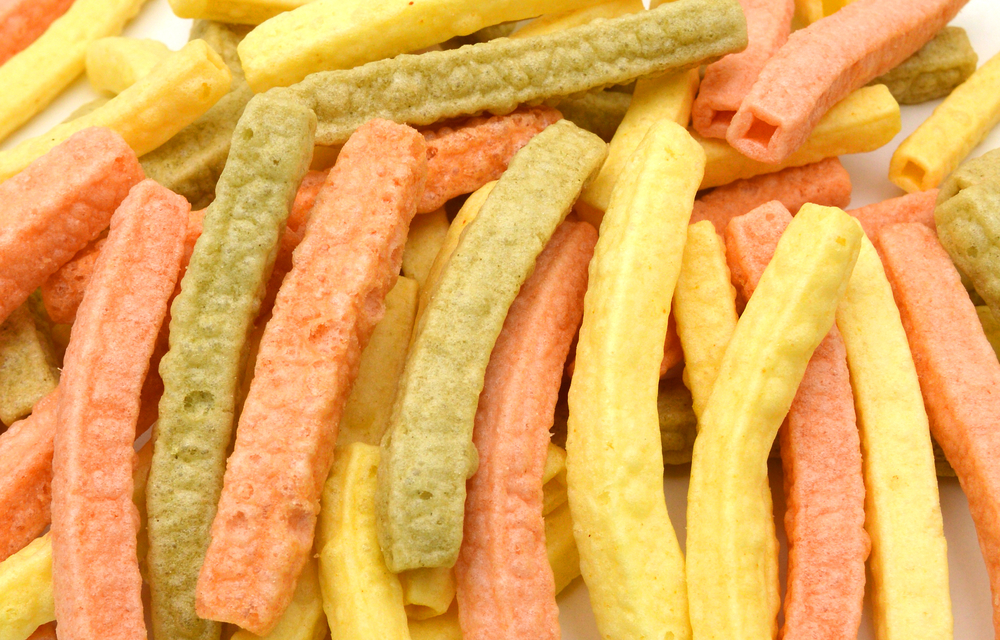
When you line up veggie straws against other popular chip options, the results might surprise you.
While veggie straws do come out ahead in the calorie department with fewer calories per serving than most alternatives, they actually contain the highest sodium content of the bunch – a significant drawback for weight management.
Tortilla chips, for instance, provide three times more fiber and protein than veggie straws.
This means you'll feel more satisfied after eating them and stay full longer, which can help prevent overeating later in the day.
The additional fiber also supports digestive health and helps regulate blood sugar levels.
Regular potato chips offer a surprisingly similar nutritional profile to veggie straws, despite the “veggie” marketing.
The main difference is that potato chips are honest about what they are – fried potato snacks without health claims.
Sweet potato chips tend to deliver more nutrients, including vitamins and antioxidants, while maintaining a similar calorie range.
However, here's the important reality check: all chip varieties, including veggie straws, lack the satiety factors your body needs for effective weight management.
None of them provide substantial protein or fiber, and all are processed foods designed to be consumed quickly and easily.
The comparison reveals that veggie straws don't offer meaningful advantages over other chip options.
In fact, their extremely high sodium content and complete lack of beneficial nutrients make them one of the least helpful choices when you're trying to lose weight.
You're better off choosing snacks based on their ability to keep you satisfied rather than their marketing claims or slightly lower calorie counts.
Smart Strategies If You Still Want to Include Veggie Straws
If you're not ready to give up veggie straws completely, you'll need a strategic approach to prevent them from derailing your weight loss progress.
The most important rule is strict portion control – measure out exactly 38 straws per serving and put the bag away before you start eating.
This simple step prevents the mindless munching that leads to consuming multiple servings without realizing it.
Never eat veggie straws directly from the package.
The light, airy texture makes it nearly impossible to gauge how much you've consumed when eating straight from the bag.
Pour your measured portion into a small bowl and focus on that amount as your entire snack.
Since veggie straws lack protein and fiber, pair them with foods that provide these satiety-promoting nutrients.
Greek yogurt, hummus, or a small handful of nuts can help slow down digestion and keep you satisfied longer.
This combination transforms a potentially problematic snack into something more balanced for weight management.
Track these calories carefully within your daily budget.
At 130 calories per serving, veggie straws can quickly add up if you're not accounting for them.
Log them in your food diary just like any other snack to maintain awareness of their impact on your overall intake.
Treat veggie straws as occasional indulgences rather than regular snacks.
The more frequently you eat ultra-processed foods, the more likely they are to trigger cravings and overeating patterns that work against your weight loss goals.
Pay attention to your hunger levels after eating them.
If you find yourself searching for more food within an hour or two, that's a clear sign these snacks aren't supporting your weight management efforts and might need to be replaced with more satisfying alternatives.
Better Snack Alternatives That Actually Support Weight Loss
Raw vegetables paired with protein-rich dips give you the crunch you're craving while delivering real nutrition your body can use.
Unlike veggie straws, these combinations provide fiber to keep you full and protein to signal satisfaction to your brain.
You're getting actual vitamins, minerals, and antioxidants instead of processed potato starch with vegetable coloring.
Air-popped popcorn offers genuine fiber – something completely absent in veggie straws.
A serving of plain air-popped popcorn provides around 3-4 grams of fiber while keeping calories reasonable.
This fiber helps slow digestion and keeps you satisfied between meals, supporting your weight loss efforts rather than working against them.
For a crispy snack that satisfies the same craving as veggie straws, try making homemade baked vegetable chips from actual vegetables.
Thinly slice sweet potatoes, beets, or kale, season lightly, and bake until crispy.
You get the satisfying crunch with real vegetable nutrients and significantly less sodium.
Specific winning combinations include carrots with hummus or celery with natural peanut butter.
These pairings deliver the perfect balance of fiber, protein, and healthy fats that work together to keep you full for hours.
The protein and fat slow down carbohydrate absorption, preventing blood sugar spikes that can trigger additional cravings.
Air-fried whole vegetables give you that crispy texture without the ultra-processing.
Brussels sprouts, cauliflower, or broccoli become incredibly satisfying when air-fried with a light coating of olive oil and your favorite seasonings.
You're getting real vegetables with their fiber and nutrients intact.
The key is focusing on whole foods that promote lasting fullness rather than processed snacks designed to be consumed quickly.
These alternatives work with your body's natural hunger and satiety signals instead of bypassing them.
Conclusion
Veggie straws might seem like a healthier chip alternative, but they're essentially processed potato snacks that can actually work against your weight loss goals.
Their lack of fiber and protein, combined with high sodium and ultra-processed nature, makes them easy to overeat without providing lasting satisfaction.
For successful weight management, choose whole food snacks that keep you full and support your body's natural hunger signals instead of fighting against them.

